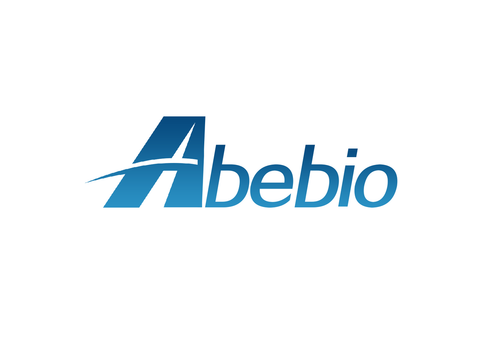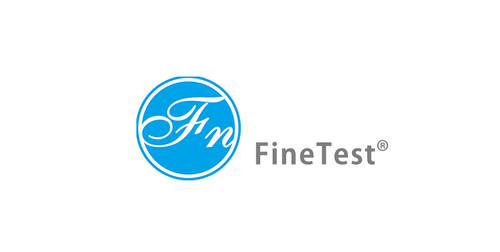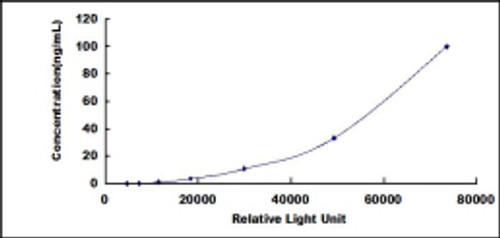Product Description
Human Collagen Type IV (COL4) ELISA Kit | AE61389HU | Abebio
Species Reactivity: Human (Homo sapiens)
Abbreviation: COL4
Alternative Name: Type-IV Collagen
Application: ELISA
Range: 1.56-100 ng/mL
Sensitivity: 0.07 ng/mL
Intra-Assay: ≤5.3%
Inter-Assay: ≤8.6%
Recovery: 1, 06
Sample Type: Serum, Plasma, Other biological fluids
Detection Method: Sandwich
Analysis Method : Quantitive
Test Principale: This assay employs a two-site sandwich ELISA to quantitate COL4 in samples. An antibody specific for COL4 has been pre-coated onto a microplate. Standards and samples are pipetted into the wells and anyCOL4 present is bound by the immobilized antibody. After removing any unbound substances, a biotin-conjugated antibody specific for COL4 is added to the wells. After washing, Streptavidin conjugated Horseradish Peroxidase (HRP) is added to the wells. Following a wash to remove any unbound avidin-enzyme reagent, a substrate solution is added to the wells and color develops in proportion to the amount of COL4 bound in the initial step. The color development is stopped and the intensity of the color is measured.
Product Overview: Type-IV collagen is a type of collagen found primarily in the basal lamina. The C-terminus domain is not removed in post-translational processing, and the fibers link head-to-head, rather than in parallel. Also, type-IV lacks the regular glycine in every third residue necessary for the tight, collagen helix. This makes the overall arrangement more sloppy with kinks. These two features cause the collagen to form in a sheet, the form of the basal lamina.All of the type IV collagen in mammals is derived from six genetically distinct a-chain polypeptides (a1–a6) . The type IV collagen a-chains have similar domain structures and share between 50–70% homology at the amino-acid level. The a-chains can be separated into three domains: an amino-terminal 7S domain, a middle triple-helical domain, and a carboxy-terminal globular non-collagenous (NC) -1 domain (see figure) .
Stability: The stability of ELISA kit is determined by the loss rate of activity. The loss rate of this kit is less than 5% within the expiration date under appropriate storage condition. The loss rate was determined by accelerated thermal degradation test. Keep the kit at 37°C for 4 and 7 days, and compare O.D.values of the kit kept at 37°C with that of at recommended temperature. (referring from China Biological Products Standard, which was calculated by the Arrhenius equation. For ELISA kit, 4 days storage at 37°C can be considered as 6 months at 2 - 8°C, which means 7 days at 37°C equaling 12 months at 2 - 8°C) .
 Euro
Euro
 USD
USD
 British Pound
British Pound
 NULL
NULL












